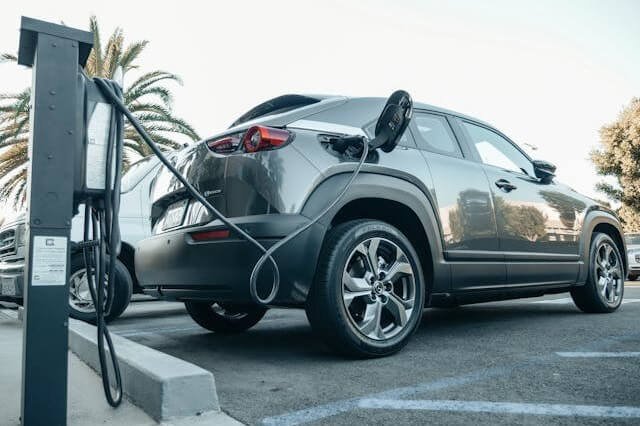

Australian electric vehicle (EV) owners are still paying more for car insurance than drivers of hybrid vehicles, according to new research by Compare the Market.
The study, released in March 2025, found that battery-electric vehicles (BEVs) cost an average of $2,134 per year to insure, while hybrid or plug-in hybrid electric vehicles (HEVs/PHEVs) average $1,650. These figures were drawn from comprehensive quotes across 20 popular EV and hybrid models.
Tesla Models Lead the Pack in Insurance Premiums
Unsurprisingly, the Tesla Model 3 and Model Y carried the highest average premiums—$3,334 and $3,110, respectively. In contrast, more affordable EV options such as the MG 4 Excite and BYD Dolphin were each quoted at less than $1,700.
The quotes came from 11 insurers and six underwriters, showcasing just how much premiums can vary depending on the car’s make and model.
Also Read: Car Insurance for International Drivers in Australia: What You Need to Know
Why Are EV Insurance Rates Higher?
One key reason for the higher premiums is repair complexity. Unlike conventional vehicles, EVs often require specialised parts and tools. According to the Insurance Council of Australia (ICA), 60% of claims-related costs are tied to labour and parts.
This poses a unique challenge. As EVs use newer technologies, parts can be scarce and more expensive, resulting in higher repair bills—and, naturally, more expensive insurance.
Hybrid Models Offer More Affordable Insurance Options
While hybrids combine both petrol and electric powertrains, their insurance premiums tend to be more moderate. For example, the Hyundai Kona Hybrid averaged $1,471, while the Toyota Corolla Cross GX Hybrid came in at $1,480.
Still, not all hybrids are cheap to insure. The BYD Shark 6 Premium, a plug-in hybrid, reached $2,071 per year, signaling that not all hybrids are treated equally by insurers.
Also Read: Best Pay As You Drive Car Insurance in Australia
Lack of Trained Technicians Slowing EV Adoption
Insurance isn’t the only barrier facing Australian Electric Vehicle drivers. According to separate findings by NRMA Insurance, there is a shortage of certified technicians trained to work on electric vehicles.
The “Changing Gears” report found that only 10% of local mechanics were certified to repair EVs in 2023. This skills gap raises safety concerns and impacts turnaround time on repairs.
John Bright of Bosch Automotive Service Solutions stressed the need for investment. He said, “We need a national strategy for technician training in EV diagnostics and battery handling.” Encouragingly, 66% of Australians support a national EV technician training program.
Battery Safety and Recycling Still a Concern
Battery safety continues to worry many Australians. While there have only been 10 confirmed EV battery fire incidents nationwide, confusion persists. Some of this is due to unrelated incidents involving e-scooters and e-bikes, which use different battery standards.
A recent survey revealed that:
- 69% of respondents were concerned about battery fire risks during charging
- 79% supported regular battery condition checks
In addition, sustainability remains a hot topic. A significant 68% worry about battery disposal, and only 30% feel confident in current battery recycling solutions.
Also Read: Berkshire Hathaway Drums Support for Liability Insurance Cover for Biotech in Australia
Key Takeaways for Drivers and Insurers
- Electric Vehicle insurance premiums in Australia remain significantly higher than those for hybrid vehicles.
- Repair complexity and lack of spare parts are the main drivers of these elevated costs.
- Tesla models are the most expensive to insure, while brands like MG and BYD offer cheaper options.
- A nationwide shortage of certified EV technicians adds to the challenge.
- Australians are increasingly concerned about EV battery safety and sustainability.
